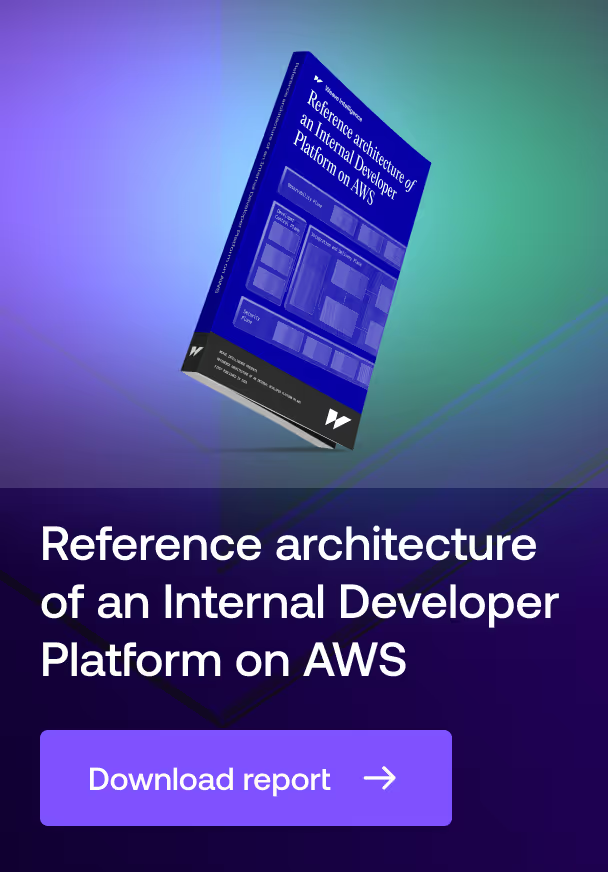
Mia-Platform
Profile
Mia-Platform is the leading Platform Builder for cloud-native at scale. By streamlining the Developer Experience, Mia-Platform allows organizations to quickly build and ship high-quality software based on their preferred cloud-native stack, providing golden paths for a wide range of CNCF-landscape technologies.
Mia-Platform has an intuitive UI that simplifies the interaction with Kubernetes. However, the UI doesn’t cover all the features yet, so there are configurations that still have to be pushed directly to the repository. A CLI and APIs are available as well to interact with the platform.
Through its Software Catalog, Mia-Platform provides over a hundred of ready-to-use components that can further accelerate modern application development. The Catalog also fosters self-service discovery and reuse of services, helps standardization, and ensures clear governance throughout the entire organization.
Focus
Mia-Platform’s mission is to enable better development through simpler and more democratized access to cloud-native technologies. For modern software engineering organizations, the creation of Internal Developer Platforms is today a crucial aspect in achieving quality and productivity at scale.
Enterprises adopting Mia-Platform typically look for a way to streamline developer experience while guaranteeing governance and consistency of the overall architecture. This brings greater benefits in terms of simplicity for engineering and operations, preserving the freedom to operate on the preferred combination of cloud-native technologies in multi-tenant, multi-cloud, multi-cluster scenarios.
Mia-Platform is frequently adopted on top of an existing platform ecosystem.
Background
Mia-Platform was launched in 2016 as one of the very first tools on the market to simplify developer experience on top of Kubernetes. Customer success and word of mouth ramped up the growth of the company which, despite being bootstrapped, today comprises over 160 people and customers across Europe, North America, and Latin America.
Mia-Platform’s experienced team is well-known in the CNCF ecosystem, also thanks to its support and contribution to several relevant open-source projects. The company is committed to sustainability and inclusion in all its activities.
Mia-Platform main features
Open framework
Mia-Platform is meant to work on top of any combination of cloud-native technologies, from infrastructure providers to CI/CD tools. This enables the necessary flexibility to manage diverse ecosystems at the enterprise scale, providing paved roads for different setups and evolutions.
Runtime governance
Through Mia-Platform, teams can define resources and configurations for their workloads, deploy them at runtime on any environment and control their behavior and performance inside their platform ecosystem. This enables governance, visibility, and reuse of services, APIs, and events.
Self-service catalog
A catalog of over a hundred ready-to-use components is provided to further accelerate modern application development and composition. The catalog comprises plugins ranging from data management to industry-specific business applications and is fully extendable with open-source, third-parties-purchased, and in-house-developed services.






